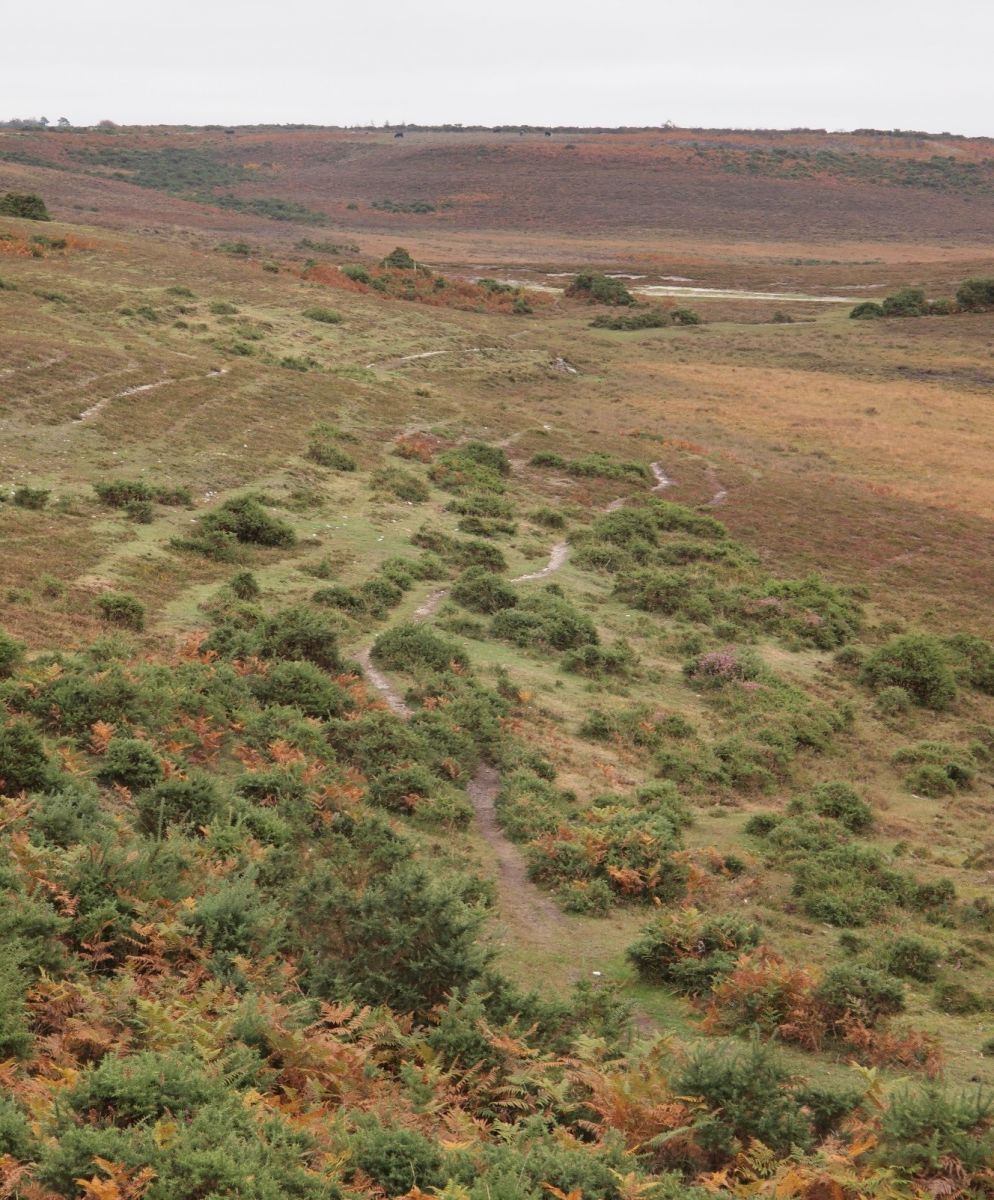A common cause: protecting the New Forest
1 March 2019
Tony Hockley, chair of the New Forest Commoners Defence Association tells us how he believes commoning has been central to the New Forest’s extraordinary mosaic landscape.
The New Forest has survived the onslaught of extr eme development pressure through the centuries through the sheer passion of its people. It is nothing short of a marvel that it still exists today as an unfenced wild landscape. Its extensive lowland heaths and its wetlands are now of international significance because of the rarity these unchanged habitats.
eme development pressure through the centuries through the sheer passion of its people. It is nothing short of a marvel that it still exists today as an unfenced wild landscape. Its extensive lowland heaths and its wetlands are now of international significance because of the rarity these unchanged habitats.
Over centuries an unexceptional landscape has become exceptional by default. It has survived when most of the rest of the grazed, unfenced lowlands of England have been lost. With them went the diverse species that depended upon them. The grazed New Forest still provides a home to all six species of British reptile, the Goshawk, the wild gladiolus, the Small Fleabane, the New Forest Cicada, and the Fairy Shrimp. It must surely be Britain’s greatest safari park? Far from being a “Forest” in the modern sense of the word, it is a diverse and precious mosaic of vital habitats, spread across open access land held by multiple landowners, including the Crown.
Central to this story of survival has been the passion of commoners. Ordinary families with an extraordinary commitment to this place, subsidising their commoning through thick and thin from their own income. Within our association we have commoners who are carers, lawyers, shop assistants, scientists, teachers and, of course, farmers. They are as diverse as the land, but united by their 365 day-a-year 24-hour-a-day commitment.
Over centuries this commitment has seen off threats to the survival of the New Forest: Threats from governments and from private developers. These peaked in the 19th and 20th century, and the 2019 “celebration” of the creation of the Forestry Commission will be met with mixed feelings here: The enclosure of large areas of the New Forest for conifer plantations probably ranks alongside the development of trunk roads as one of the worst harms inflicted on the New Forest. To this day the tension within the Forestry Commission between commercial exploitation of the landscape and its protection remains very real indeed, made more acute by cuts to its core funding.
Stock tracks near Latchmore Brook

Tony Hockley checking his ponies. Copyright: Sally Fear
Today, however, the commoners have a stronger partnership than ever before, to protect this very special place that is freely accessible to millions. Whilst designation as a National Park can be a double-edged sword there is no doubt that it has given the New Forest a strong voice in the modern world. Similarly, its many conservation designations may impose some constraints on traditional freedoms, but this protection is now essential to preserving this landscape from the pressures being placed upon it. As commoners we are determined to help re-connect people with the countryside and overcome the, sometimes wilful, misunderstanding of “park” in the title of a National Park.
Day after day the commoners work with the National Park Authority, the Verderers Court, the Wildlife Trust, and the Friends of the New Forest to protect and enhance this special place. All equally passionate about its future.

Visitors enjoying a grazed New Forest lawn
Perhaps nothing better demonstrates this powerful collaboration better than our current £4.4 million Landscape Partnership, supported by the National Lottery Heritage Fund. This has enabled 11 local partner organisations to work together on more than 20 projects. For the commoners this has allowed us to develop an Education Toolkit for inclusion in the curriculum of local schools; helping to build a lifelong connection to this landscape. It has also helped us discover new ways of connecting directly with visitors and local people, providing social media training for commoners for example. It has also supported a brilliant volunteer effort by the local Wildlife Trust to remove invasive non-native plants, and for the Freshwater Habitats Trust to uncover some of the rare species surviving in our clean, traditionally-grazed ponds and streams.
These projects not only bind New Forest organisations together, but are also generating an excitement for everything that the landscape provides. This excitement is infectious.
Of course, we now stand at a critical juncture. At the start of the 1990s our commoning system looked to be in terminal decline. Maintaining such a vocational practice in one of the most expensive and pressured British landscapes, seemed almost impossible. Practical policies were devised to offer some support to housing for commoners to rent or build: Crucial when a typical smallholding is worth more than £1 million. But the financial (and time) challenges to the next generation of commoners remain very real. For all its flaws the EU Basic Payments Scheme has given an essential boost. It has enabled commoners to rent the back-up grazing they need; It has enabled commoners to keep the cattle upon which the biodiversity of the New Forest depends; and it has backed a substantial improvement in the quality and value of the New Forest ponies turned out to graze, now a rare breed.
With our partners the commoners are once again facing an uncertain future. But for the first time we do so within a broad-based and passionate partnership, determined not only to protect the New Forest but to make it even better for future generations to love as we do.
By Tony Hockley
Chair, New Forest Commoners Defence Association
